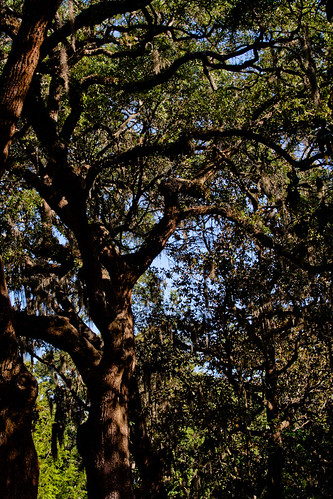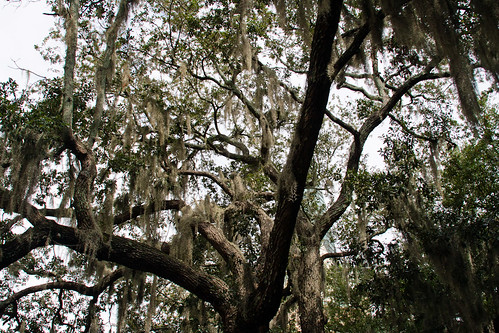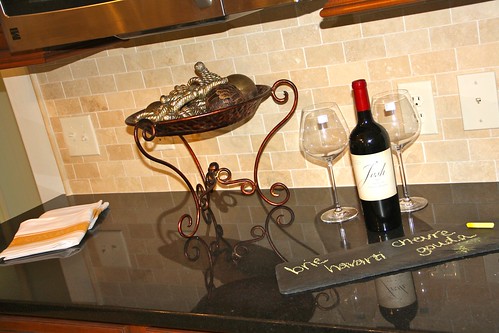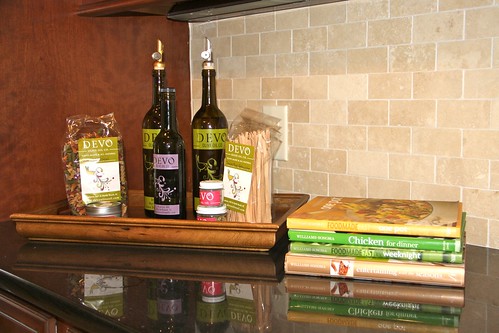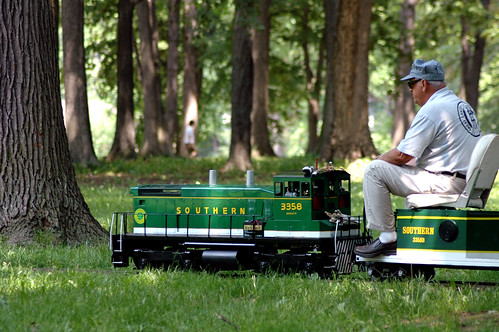Check out these southern living images:
The Living Desert

Image by Caitlyn Willows
The Living Desert, Palm Desert, California, December 2010
The Living Desert

Image by Caitlyn Willows
The Living Desert, Palm Desert, California, December 2010
The Living Desert

Image by Caitlyn Willows
The Living Desert, Palm Desert, California, December 2010
